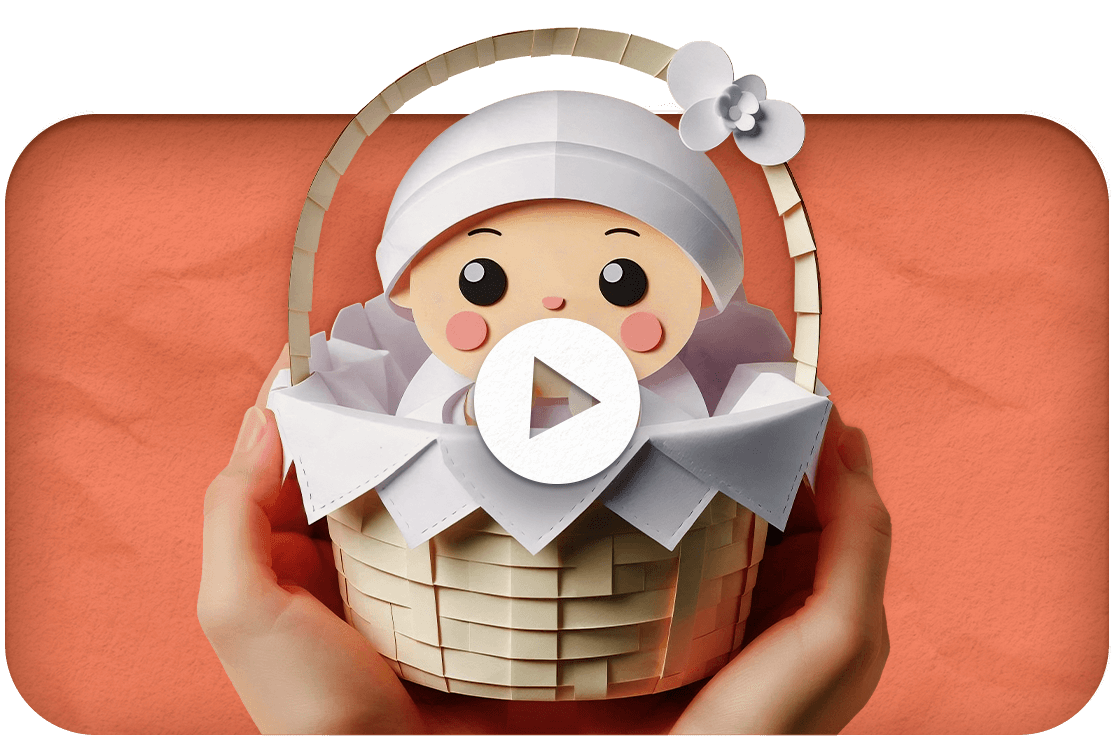Mothers are the protagonists in breastfeeding,
but having a support network is crucial for the well-being and health of both mother and baby.
This makes mothers feel safe and able to focus on what matters: breastfeeding.

The Ministry of Health recommends breastfeeding until two years of age or older, and for the first 6 months, the baby should receive only breast milk (exclusive breastfeeding), i.e. without the need for juices, teas, water or other foods.
The WHO (World Health Organization) has set a global target of exclusive breastfeeding in the first 6 months of age of at least 50% by 2025. In Brazil, the percentage of exclusively breastfed children is 46%. We’re getting closer and, with the help of many breastfeeding buddies, we’re going to contribute to the healthy development of millions of babies.
Advantages of breastfeeding
Breast milk contains all the nutrients a child needs to develop fully up to six months of age. It is a source of vitamins, carbohydrates, proteins, fats, mineral salts and even water. This means that, as a rule, the baby only needs the mother’s milk during this period.
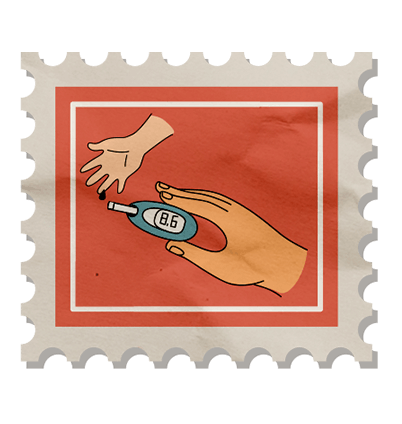


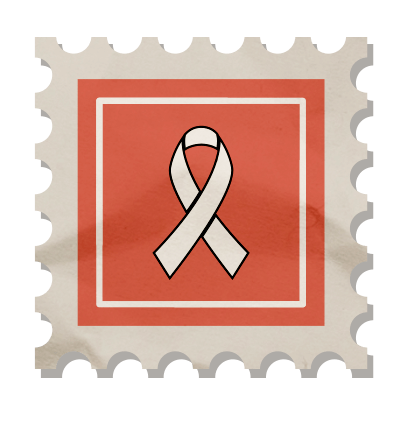


How to face the challenges
Although it’s “natural”, breastfeeding isn’t always as easy, simple or intuitive as it can often seem. The scenes of serene, smiling mothers breastfeeding can lead to feelings of doubt and tiredness, as well as physical and emotional pain.
It’s true that we shouldn’t romanticize breastfeeding. It’s also true that most difficulties can be overcome and that each woman must know her limits. In order to make sound decisions, it’s important to have access to reliable information as well as medical advice.
Find out about some of the main challenges involved in breastfeeding and some ways to deal with them.
Difficulties with
the baby’s latch
There is a right way to latch the baby onto the nipple when breastfeeding, which ensures a smoother breastfeeding experience and prevents pain and discomfort for both mother and baby.
Learn how:
- Baby’s belly and torso facing the mother
- The baby’s nose does not touch the breast in order to breathe freely
- The baby’s chin rests against the breast
- The mouth reaches most of the areola, not only the breast nipple
- The baby’s lips turn outwards
- The cheek bulges when the baby sucks milk

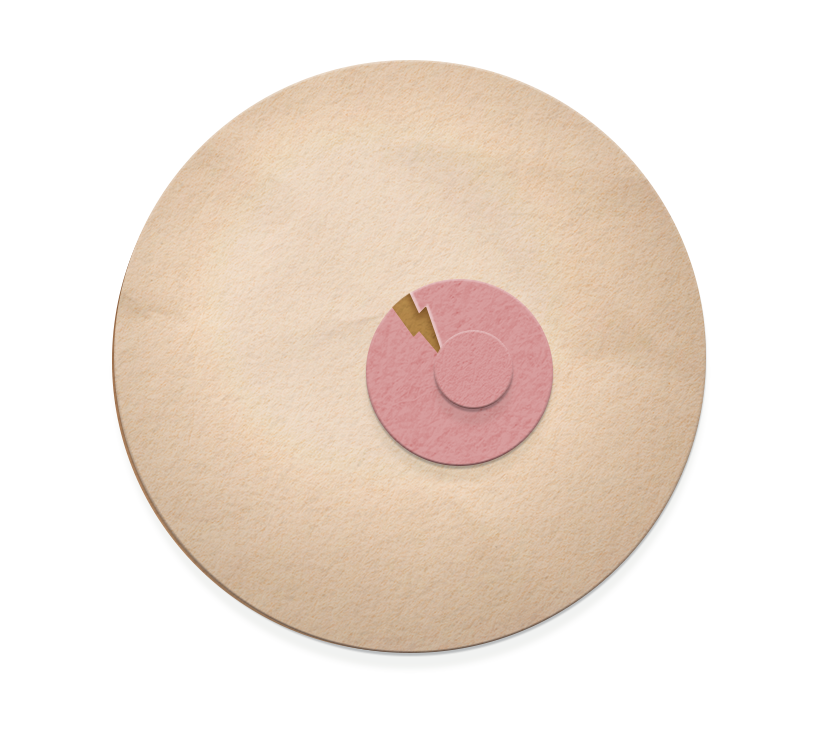
Nipple fissures
Injuries to the nipple tissue caused by pressure from the baby when the baby’s latching on or nursing is incorrect.
How to avoid it:
- Sunbathe your nipples for 10 to 15 minutes to revitalize the skin and prevent fissures
- Ensuring the baby’s correct latch
- Apply a few drops of breast milk to the nipple and areola after bathing and at each breastfeed
- Do not use soaps, creams or ointments on the area
Breast engorgement
and mastitis
When the breast does not empty completely after breastfeeding, when the baby’s latch is not done correctly, or when the frequency of breastfeeding is low, milk accumulates in the mammary ducts. This build-up makes the milk more viscous, hinders its flow, and can cause engorgement. When it is not treated correctly, it can cause breast inflammation, known as mastitis. The main symptoms are pain, swelling, and hardening of the breasts, as well as fever and general malaise. It is important to see a doctor to confirm the diagnosis and undergo treatment.
How to avoid it:
- Drink around 2 liters of water a day
- Breastfeed according to the baby’s demand
- Extract excess milk
- Massage the breasts and apply cold compresses
- Wear supportive bras

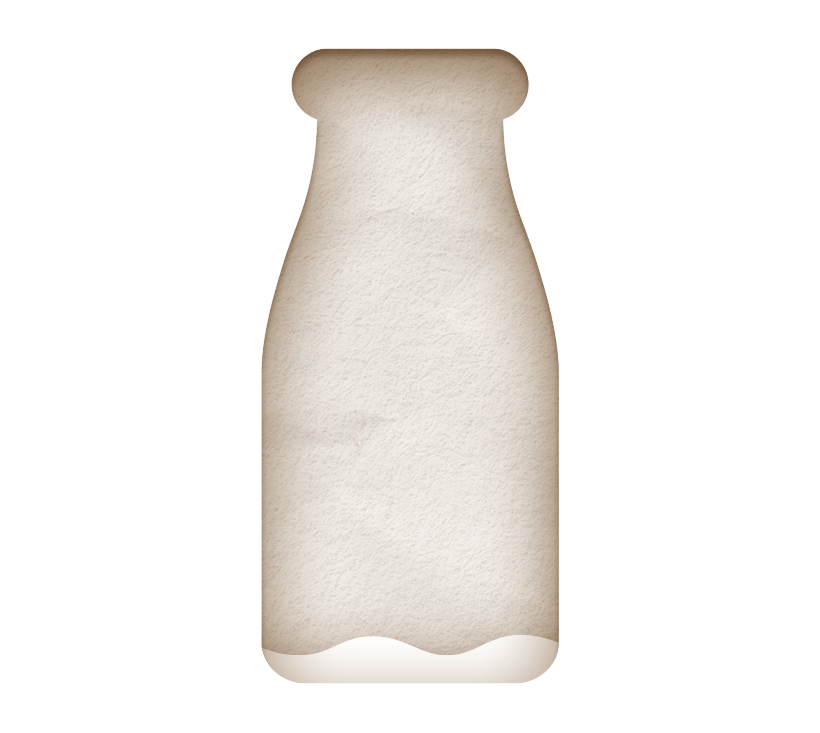
Little or “weak” milk
Ways to stimulate milk production and improve breastfeeding
- Increase the frequency of breastfeeding
- Offer both breasts
- Massage breasts during feeds
- Retirar o leite que fica na mama após as mamadas
- Remove milk remaining in the breast after feeds
- Have a healthy diet
- Always stay hydrated
- Whenever possible, rest
Mental health and
breastfeeding
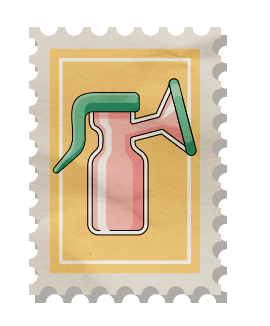
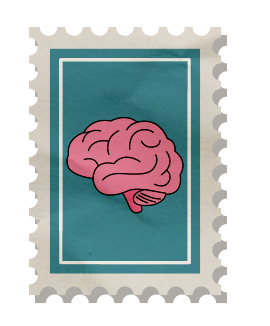
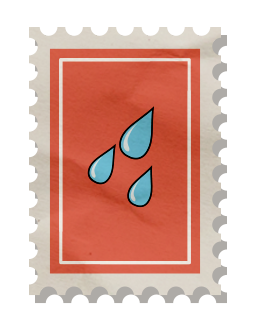
Be part of the breastfeeding buddies team
Those who don’t breastfeed
can also contribute. Here’s how:



